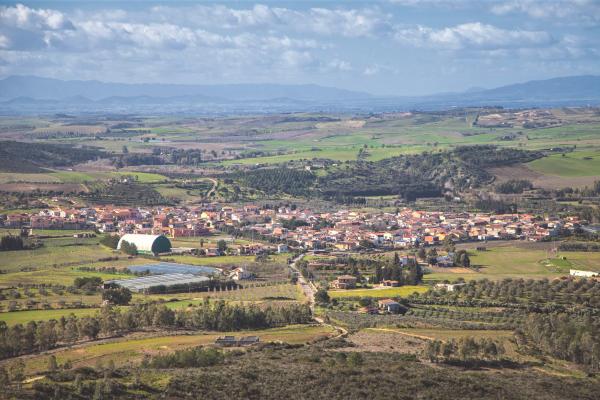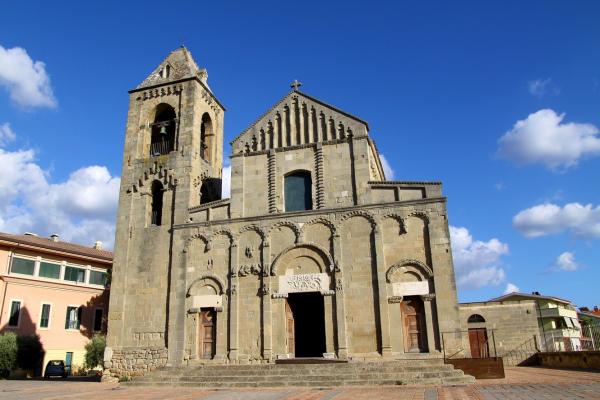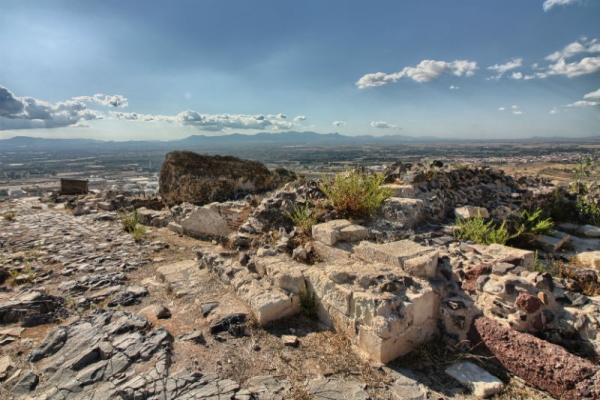Donori, lying between two rivers on the slope of Monte Zurru, is a town with just over two thousand inhabitants, located in the historic region of Parteolla, bordering southern Campidano. It was once a mining town, as evidenced by the remains of the activities in the former Monteponi mine. Today, thanks to the fertility of the surrounding hilly territory, its agricultural and pastoral vocations remain strong, with the production of grains and the cultivation of olive groves and vineyards, including cannonau and bovale varietals, whilst its cheese production is renowned. The agro-pastoral tradition is evident in the town hosting the former Monte Granatico, today used for exhibitions and shows. Not by chance, the area has been inhabited since the Bronze Age, as evidenced in particular by the Sa Domu e s'Orcu Mannu and Guntuxius nuraghe. There are also traces of Roman dominion, the remains of necropolis and a villa. The village of Donori was founded in the Middle Ages, under the Giudicato di Cagliari. Abandoned during the 15th century, it was repopulated in 1619.

Town
In the southern part of Sardinia, thirty kilometres from Cagliari, is a small town characterised by agri-food products of excellence and deep devotion
In the southern part of Sardinia, thirty kilometres from Cagliari, is a small town characterised by agri-food products of excellence and deep devotion
See this place because...
A small town on the edge of the southern Campidano can be visited, famous for its agricultural and cheese productions, with a beautiful historic town replete with ancient churches
You may also like
More attractions in the vicinity
Nearby hotels and accommodations

SERDIANA
5 km

SERDIANA
5 km

Bed and breakfast
USSANA
7 km












